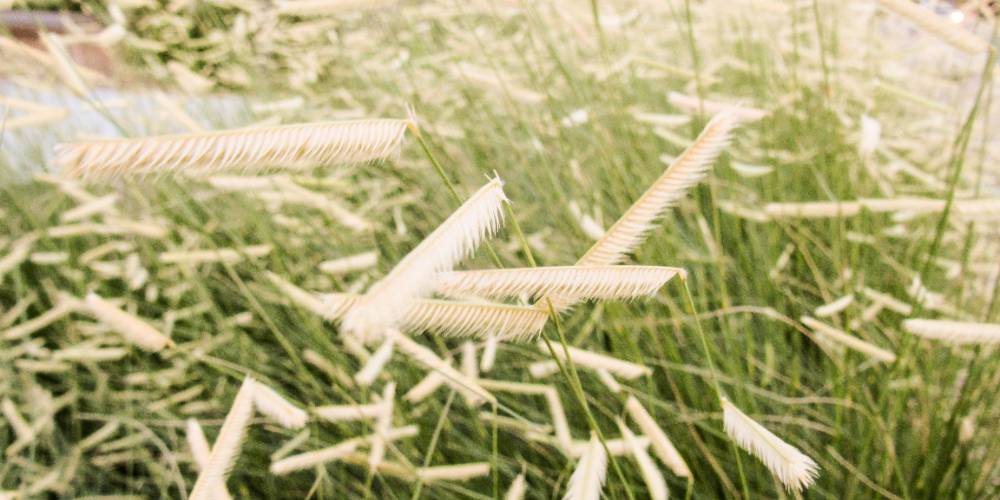Defining Plant Terms

Plant Directory
Category
- Deciduous Trees - large woody-stemmed species that drop and regrow foliage seasonally
- Evergreen Trees - large woody-stemmed species that retain foliage throughout the year
- Deciduous Shrubs - small-to-large woody-stemmed species that drop and regrow foliage seasonally
- Evergreen Shrubs - small-to-large woody-stemmed species that retain foliage throughout the year
- Vines - herbaceous and woody-stemmed species which are characterized by their ability to spread, cover, and climb on structures or other plants
- Perennials - species without woody stems, many of which will die back to the ground over winter and return to active growth every year from their living root system (there are species which are technically categorized as perennial plants but are treated as annuals in the West Texas climate)
- Annuals - herbaceous species which complete their life cycle over the course of a year and do not return to active growth from their root system (there are annual species that reseed from year to year, which can give the impression of perennial growth)
- Bulbs - plants which grow from a specialized underground storage structure instead of a traditional root system
- Grasses - ornamental grasses which add texture, movement, seasonal interest, and even the potential for cut-flowers to the landscape
- Natives - plants that are native to Texas and the Southwestern United States
- Herbs - plants that are often primarily grown for the use of their leaves or stems in culinary or medicinal contexts (many traditionally edible plants can also be valuable ornamental additions to the landscape)
- Fruits/Vegetables - plants that are primarily grown for their edible produce
- Succulents - species with thick, waxy foliage that serves as water storage
- Interiors - plants that are commonly grown as interior plants in West Texas due to an intolerance for the region's freezing winter temperatures, dry heat, or wind (many of our interior species are landscape perennials in tropical regions)
Classification
Scientific vs. Common Names
Common names have a tendency to vary from place to place; one name might refer to two completely different plants in different regions, and one flower might have wildly different names depending on whom you ask. This is why it's always a good idea to pay attention to a plant's scientific name (Genus species). While they do sometimes evolve, they are largely consistent across regions, languages, and time.
Characteristics
Plant Form
Plant form refers to the overall shape or behavior of a plant. Here, we've characterized plants as:
- Upright
- Curved
- Rounded
- Spreading
- Cascading
Height & Spread
The measurements of a plant refer to its expected size at maturity. Not leaving enough space for plants to grow can result in over-crowding, so make sure to leave a bit of breathing room at planting time if the expected height and spread (width) call for it.
Environment
Sun
Plant species tend to perform best in particular lighting conditions. The defined categories of sun exposure for exterior plantings are:
- full shade - 0-2 hours per day
- partial shade - 2-4 hours per day
- light shade - 4-6 hours per day
- full sun - 6+ hours per day
The light requirement categories for interior plantings are:
- low exposure - no direct sunlight necessary
- medium exposure - a mix of direct and reflected sunlight
- high exposure - direct sunlight preferred
USDA Zone
The USDA zone of a plant is one method of determining if it will do well in the climate conditions of a certain location. Zones are established "based on the average annual minimum winter temperature, divided into 10-degree F zones", and can be seen on the USDA Plant Hardiness Zone map. The majority of the Texas Panhandle is located in USDA Zone 7.
TTU Plant Resources
-
Address
Texas Tech University, Department of Plant and Soil Science, Box 42122, Lubbock, TX 79409 -
Phone
806.742.2838 -
Email
Melanie.Jackson@ttu.edu
